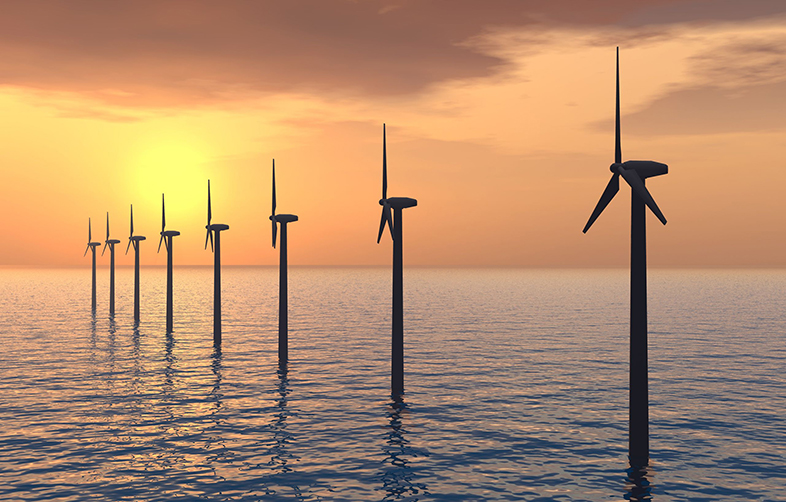8.1 Environmental impact and safety
The environmental impact of photovoltaic energy is probably among the lowest of all electricity generating systems.
This is because:
- In normal operation PV energy systems emit no gaseous or liquid pollutants and no radioactive substances.
- Crystalline silicon PV cells contain only minuscule quantities of dopants such as boron and phosphorus. (However CIS or CdTe modules include very small quantities of indium, cadmium and tellurium, so there is a slight risk that a fire in an array might cause small amounts of toxic material containing these elements to be released into the environment and it is important that these cells are properly recycled at the end of their working life.)
- PV modules have no moving parts, so they are also safe in the mechanical sense, and they emit no noise.
- The electrical hazards of a well-engineered PV system are no greater than those of other comparable electrical installations.
PV arrays do, of course, have some visual impact. Rooftop arrays will normally be visible to neighbours, and may or may not be regarded as attractive, according to aesthetic tastes. Several companies have produced special PV modules in the form of roof tiles that blend into roof structures more unobtrusively than conventional module designs.
PV arrays on buildings require no additional land, but large, multi-megawatt PV arrays will usually be installed on land specially designated for the purpose, and this will entail some visual impact.
Environmental impact and safety of PV production
The environmental impact of manufacturing silicon PV cells is unlikely to be significant – except in the unlikely event of a major accident at a manufacturing plant. The majority of PV cells are made from silicon, which is not intrinsically harmful although it is important that workers not be exposed to dust produced during the manufacturing process.
The chemicals used in silicon production must also be treated with care. Silane gas, SiH4, from which pure silicon is produced, is inflammable and waste silicon tetrachloride (SiCl4), which is highly toxic, can also be produced. Sulphur hexafluoride and nitrogen trifluoride, which are both potent greenhouse gases, are used for cleaning purposes and must not be released into the atmosphere.
Cadmium is obviously used in the manufacture of CdTe modules and very small amounts of cadmium may also be used in manufacturing CIS and CIGS modules – although zinc may potentially be substituted.
As in any chemical process, careful attention must be paid to plant design and operation, to ensure the containment of any harmful chemicals in the event of an accident or plant malfunction.
PV arrays are potentially very long-lived devices, but eventually they will come to the end of their useful life and will have to be disposed of – or, preferably, recycled. Since 2014 EU recycling regulations under the Waste Electrical and Electronic Equipment (WEEE) directive make it compulsory for manufacturers to take back and recycle at least 85% of their PV modules free of charge.
Energy balance of PV systems and potential materials constraints
A common misconception about PV cells is that almost as much energy is used in their manufacture as they generate during their lifetime. In the early days of PV production, manufacturing processes were very energy-intensive, and the efficiency of the cells was relatively low, leading to low lifetime energy output.
However, modern cells are more electrically efficient and the use of modern PV production processes and thin film cells has made the energy balance of PV much more favourable. The time it takes for a PV array to produce as much energy as was used in its production (its energy payback time) varies depending on the array type and the conditions. For new multicrystalline silicon PV rooftop systems in northern European conditions it is about 2.1 years. This falls to only 1.2 years for systems in southern Europe, while cadmium telluride PV systems pay back their energy investment in about 0.6 years in southern European conditions (Fraunhofer ISE, 2017).
Concerns have also been expressed over the availability of ‘rare earth’ elements such as indium and tellurium, used in thin film PV. PV cell manufacture was, in 2015, using about 5% of the world’s silver production for cell contacts (Wirth, 2015). Given that this is expensive, there is commercial pressure to reduce the amounts used.
